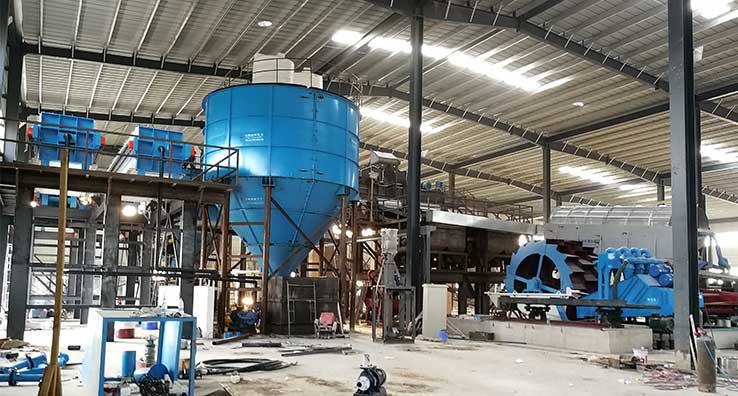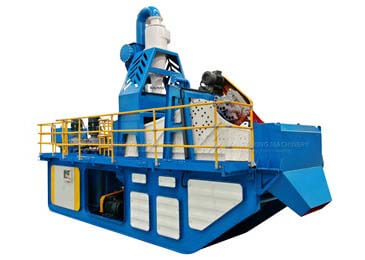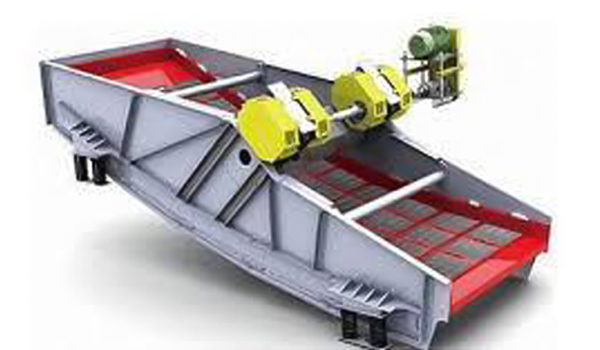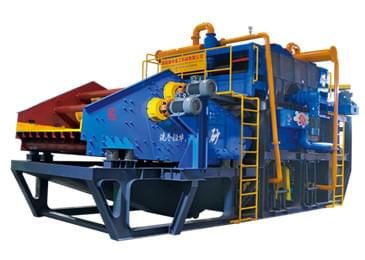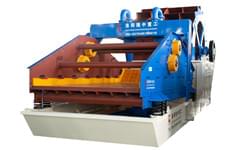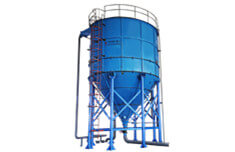Waste incineration as an effective mean of waste reduction, harmlessness and resource utilization, which is to reduce the volume of waste by oxidation under high temperature through appropriate thermal decomposition, combustion, melting and other reactions, and become a residue or molten solid matter. process.
What is slag?
Slag includes the bottom ash (slag) of the incinerator after waste incineration, and air pollution control residue (fly ash) produced by flue gas purification. Mainly non-combustible inorganic substances and some unburned combustible organic matter. Depending on the composition of waste, the amount of ash is generally 5%-20% of the total weight before waste incineration.
Slag composition
Iron: 7% to 15%
Copper, aluminum: 0.5% to 2%
Sand and other: sandstone slag is about 70% to 85%, other impurities are about 5% to 15%
The slag particle size distribution is relatively uniform, that exceeding 85% is 0-50 mm, which meet the grading requirements for preparing resource products.
Working process
Crushing: slag is fed to hopper with grille by a forklift and conveyed to the crusher through a belt for crushing. The crusher can fully break up the hard materials such as slag, stones, and concrete in the slag to meet the specified particle size.
Screening: the crushed slag enters vibrating screen and is sieved into several specifications of different particle sizes under high-frequency vibration.
Magnetic separation: high frequency screen followed by magnetic separator, the different specifications of slag into different magnetic separators, select large pieces of scrap iron.
Flotation: after the secondary magnetic separation and sorting, the slag enters the jig, the rising water flow is faster than the descending water flow, so that the heavy particulate matter in the slag is fully settled. Therefore, the heavier specific metal particles settle to the bottom of jig with the descending water flow; the lighter weight material is discharged through the discharge port with the upper layer water, and enters the recycling machine for fine material recovery.
Shaker: the fine materials recovered by recycling machine enter the shaker for selection
Cleaning and dehydration: the large particle slag after flotation continues to be sieved and magnetically selected, then into sand washing machine for washing and dewatering, and transported to the finished product pile via a conveyor belt.
Solid-liquid separation: at the same time, the muddy water suspended by separator is discharged into the sewage pool, and then the tail water is pumped from the sewage pool into the thickener for sludge water separation operation. The filter tank treats about 80% of the tail water into clean water and then directly enters the clear water pool through the overflow port.
Sludge dewatering: The concentrated mud passes through the bottom of the filter tank and is pumped into the plate and frame filter press. The filter press presses the concentrated mud into a mud cake to realize dry pile, landfill or other uses. After the filter press, the clean water enters the clear water tank to realize the recycling of clean water and zero discharge of the entire process.
Resource utilization of slag
1. The slag particle distribution: mainly in the range of 2 to 50 mm, which basically meets the grading requirements of road building materials (aggregates, graded gravel or graded gravel, etc.).
2. The possibility of damaging the groundwater due to dissolved salts is less during the slag treatment because of the low dissolved salt content of slag. But slag has a strong pH buffering capacity, and the initial pH value is above 11.5 (alkaline), which can effectively inhibit the leaching of heavy metals, and can be used to prepare building materials aggregates or burn-free bricks.
3. The iron content in slag is 5%~15%, the slag sorting is mainly for iron, aluminum, copper and the like in slag at present.
Slag treatment process advantages
1. Patent design, reasonable process, optimized structure, water and mud after treatment can meet national environmental protection requirements.
2. Screening and grading are performed first, which improves the effect of initial magnetic separation and the subsequent sorting of metal and slag.
3. The previous section is completely sorted and does not affect the normal operation of the crusher.
4. Solid-liquid separation and solid waste dry discharge, clear steps, meticulous division of labor, each machine’s unique structural design, to ensure that its role can be maximized, so as to achieve a simple and efficient purpose.
Related Products
Send us a message
We will provide you with the most professional services.

